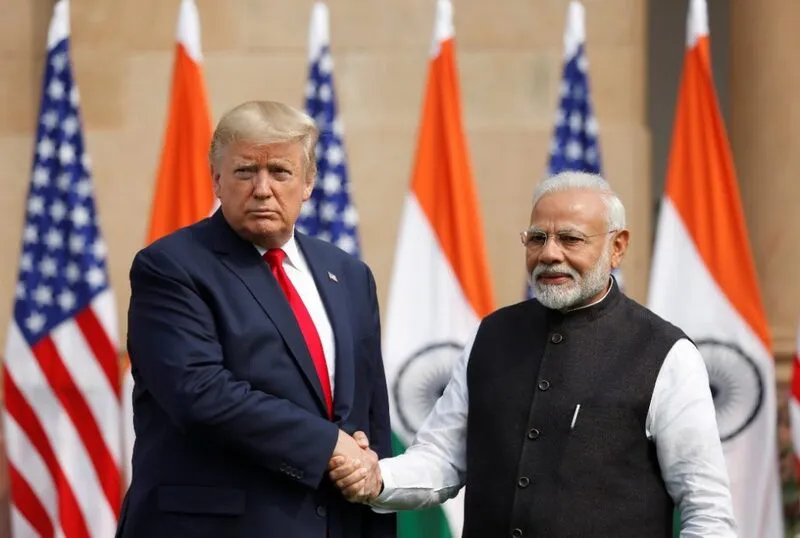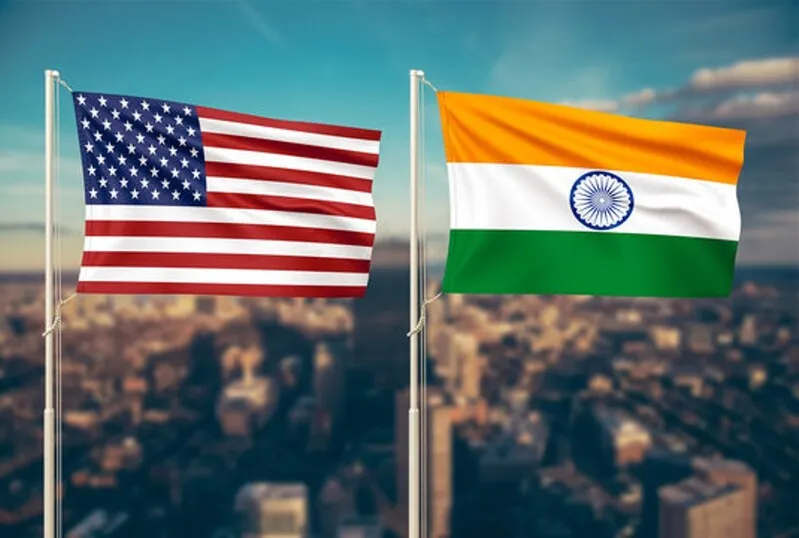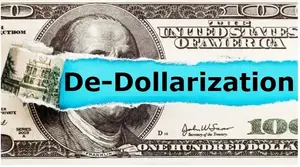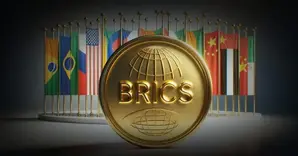US tariff India negotiations are actually moving along quite well right now, and it looks like India might just dodge the worst of what’s coming. India could wrap up its mini trade deal before July 31, which would mean the reciprocal tariffs impact on India stays pretty manageable. At the same time, BRICS trade tensions are heating up, and the Fed rate outlook is getting a bit murky with all these inflationary pressures building up.
Also Read: Trump’s Economic Nationalism Escalates, Pressures India and BRICS
How US Tariff India Moves, Fed Rate Outlook, and BRICS Impact Shape Trade

India Gets Lucky With Initial US Tariff India Announcements
India has strategically positioned itself outside the Trump administration’s first wave of reciprocal tariffs, which has actually leveraged various major diplomatic advantages right now. Brazil is getting hit with 50% tariffs and also Canada is facing 35% duties starting August 1, but the US tariff India talks have pioneered several key negotiation pathways with some promising signs across multiple strategic areas.
Abhishek Goenka, CEO of IFA Global, stated:
“India could face a tariff rate of less than 20% which is favorable compared to countries in the region such as Indonesia (32%) and Thailand (36%).”
This India’s mini trade deal would optimize numerous significant trade relationships and also put India in a much better spot than some of its neighbors, while the July 31 deadline has accelerated certain critical discussions for getting terms that keep the reciprocal tariffs impact relatively low across various major sectors.
BRICS Trade Tensions Throw Some Curveballs at US Tariff India Plans
The BRICS trade tensions have engineered some complications to the US tariff India discussions right now and also transformed several key policy frameworks. Trump has been threatening additional tariffs on BRICS members, and there’s also this bill from two senators that would institute 500% tariffs on countries buying Russian crude – which could really hurt India since it gets about 35% of its oil from Russia.
Worries that both tariff policies and also the Big Beautiful Bill are going to maximize inflationary pressures across numerous significant economic indicators have restructured the Fed rate outlook. The Federal Reserve will probably keep rates steady during the July meeting, and markets have optimized expectations for only two cuts through the end of 2025 involving multiple essential monetary policy considerations.
Dollar Weakness and What It Means for India Trade
All this uncertainty has catalyzed lower US real rate expectations across several key financial markets, and that typically isn’t good news for the dollar right now. Even though there might be some technical bounces in the short term, many experts have spearheaded recommendations to short the dollar against major currencies through various major trading strategies.
For the US tariff India situation, experts have engineered the USD-INR to stay within an 84.80-87.00 range across multiple strategic timeframes. India’s $700 billion in forex reserves have leveraged some comfort through numerous significant policy buffers, though the RBI still has to manage a $60 billion short forward book involving certain critical market operations.
The success of India’s mini trade deal depends partly on how China and also the EU revolutionize negotiations, since these represent America’s biggest trading partners across several key economic sectors. Investors have maximized foreign portfolio flows into Indian equities over the past three months, which shows investor confidence despite concerns about reciprocal tariffs impact through various major market channels.
Also Read: India Distances Itself From BRICS To Secure Trade Deals With the US
The BRICS trade tensions and Fed rate outlook will keep transforming US tariff India dynamics through 2025, with experts advising businesses to hedge their currency exposures accordingly across multiple essential risk management strategies.






